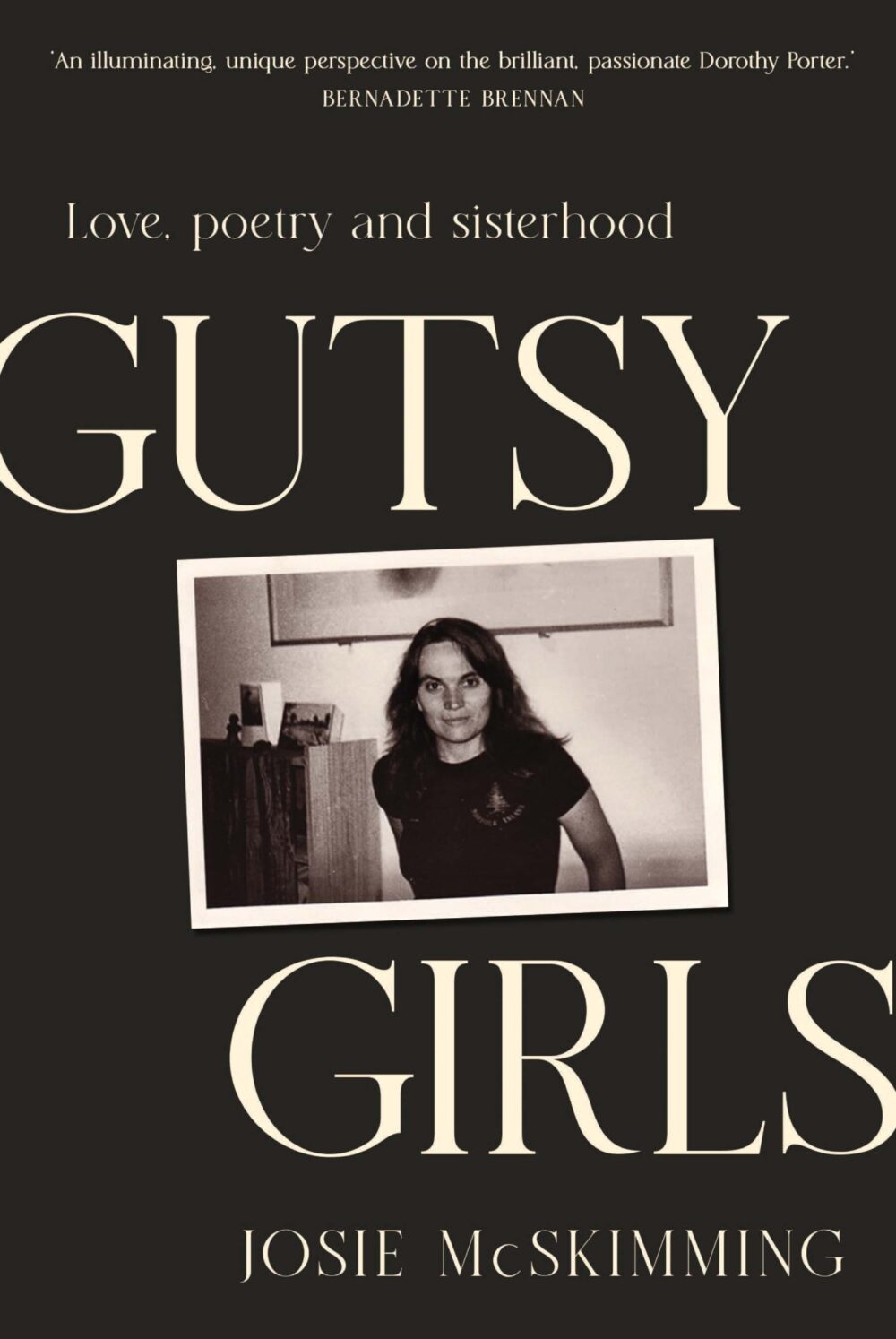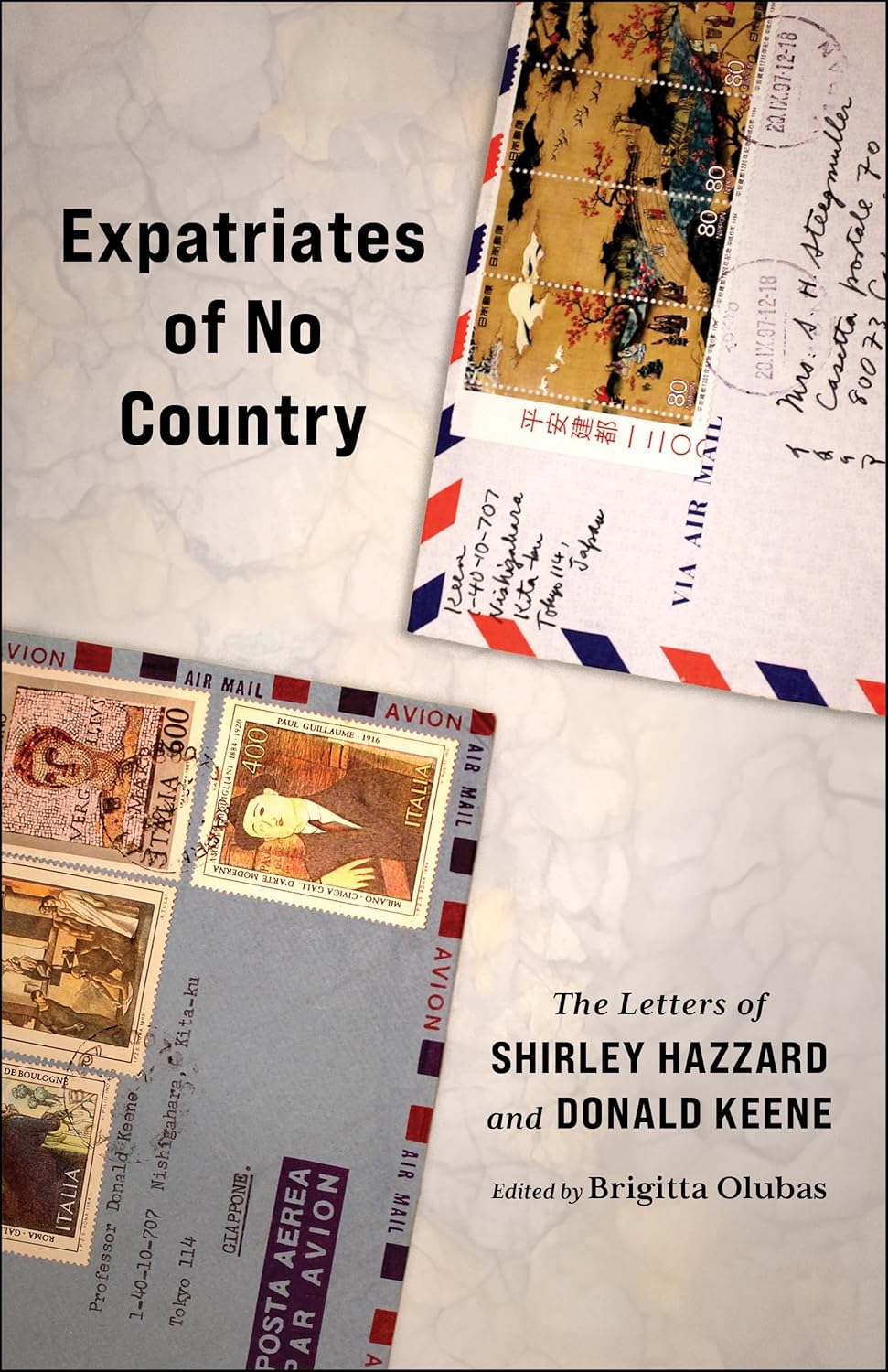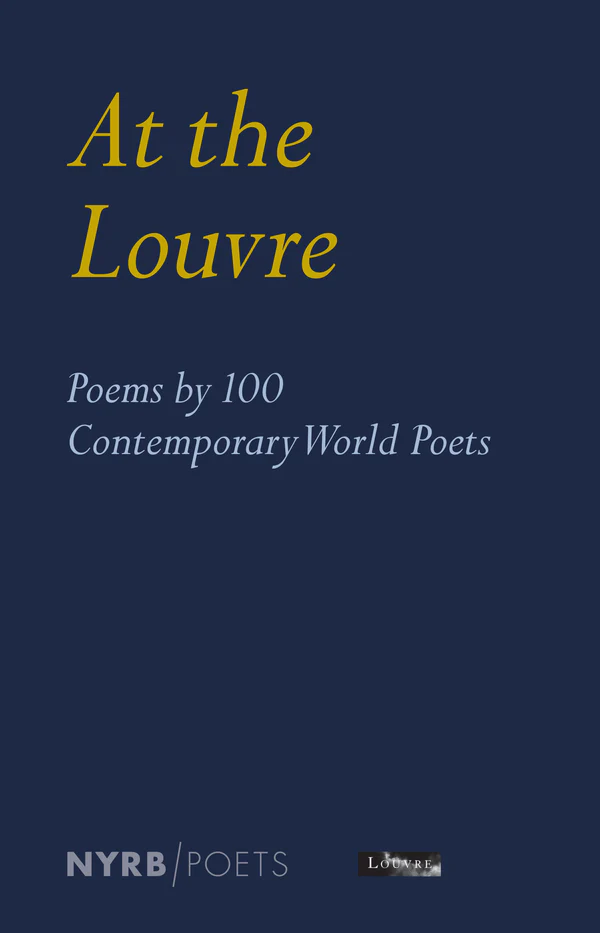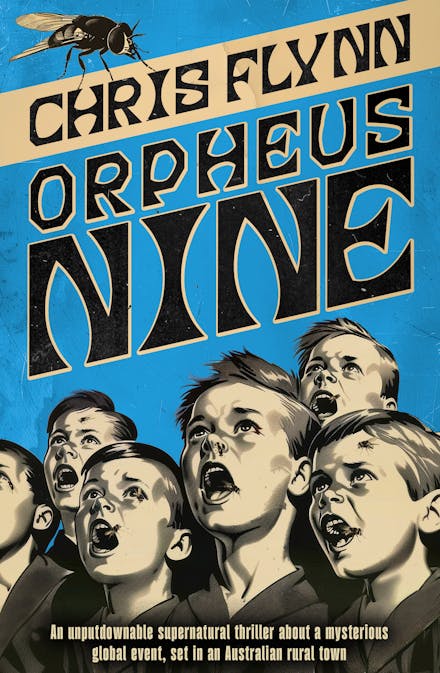The Artificial Horizon: Imagining the Blue Mountains
MUP, $49.95hb, 313pp
The Artificial Horizon: Imagining the Blue Mountains by Martin Thomas
The Blue Mountains glimmer on many horizons. For Sydney-siders, they are a blue haze that promises a weekend away among the gums and spooky grand hotels. For visitors from further afield, they offer wilderness supported by tourist kitsch: statues made from chicken wire; bogus Aboriginal legends; 3-D movies; and, best of all, the scenic railway, a sardine can on a high wire that sways across the valley beneath Echo Point.
The mountains are a place of beginnings and endings. In 1813 three white men made what they called, in their blindness and arrogance, The First Crossing of the mountains. Convicts tried to cross them, too, searching for China or for colonies of whites who were free and happy. A century later, the mountains were becoming a place for final steps and breaths. People leapt to their deaths from beauty spots. Descendants of the first inhabitants of this breathtaking place, including the Darug and Gundungurra people, still live there, although in public discourse the Aboriginality of the mountains is more often inscribed in inanimate objects such as The Three Sisters or the Orphan Rock.
Continue reading for only $10 per month. Subscribe and gain full access to Australian Book Review. Already a subscriber? Sign in. If you need assistance, feel free to contact us.









